D3 Tool Steel
D3 Tool Steel is a high-carbon, high-chromium, oil-hardening tool steel that is characterized by a relatively high attainable hardness and numerous, large, chromium-rich alloy carbides in the microstructure. These carbides provide good resistance to wear from sliding contact with other metals and abrasive materials.
D3 exhibits excellent stability in heat treatment, holding size almost as well as the air-hardening, high-carbon, high-chromium die steels such as D2.
APPLICATIONS: Forming rolls, drawing dies, forming, powder compaction tooling, and lamination dies.
Composition
| C | Mn | Si | Cr | V |
| 2.15 | 0.40 | 0.40 | 12.25 | 0.25 |
Relative Properties
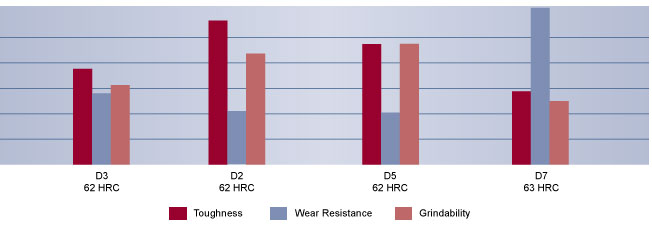
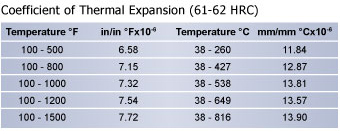
Physical Properties
- Density: 0.284 lb/in3 (7870 kg/m3)
- Specific Gravity: 7.87
- Modulus of Elasticity: 30 x 106 psi (207GPa)
- Electrical Resistivity: 54.8 uOhm-cm at 70ºF (21ºC)
- Machinability: 45-50% of a 1% carbon steel
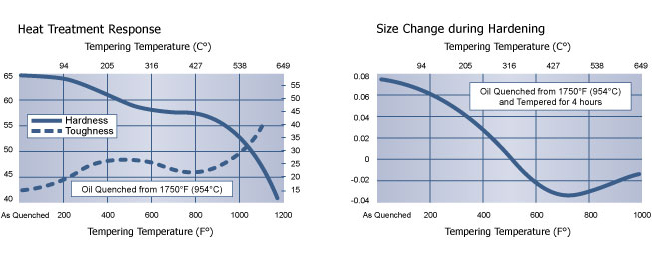
Heat Treating Instructions
Hardening
| Critical Temperature: | |
| Ac1: 1440°F (782°C) | Ac3: 1530°F (832°C) |
| Ar1: 1410°F (766°C) | Ar3: 1370°F (743°C) |
Preheating: To minimize distortion and stresses in large or complex tools use a double preheat. Heat at a rate not exceeding 400°F per hour (222°C per hour) to 1200-1250°F (649-677°C) equalize, then heat to 1400-1450°F (760-788°C). For normal tools, use only the first temperature range as a single preheating treatment.
Austenitizing (High Heat): Heat slowly from the preheat to 1700-1750°F (927-954°C)
Quenching: For oil, quench until black, about 900°F (482°C), then cool in still air to 150-125°F (66-51°C).
For pressurized gas, the furnace should have a minimum quench pressure of 4 bars. A quench rate of approximately 400°F (222°C) per minute to below 1000°F (538°C) is critical to obtain the desired properties.
Tempering: Temper immediately after quenching. Hold at temperature for 1 hour per inch (25.4 mm) of thickness, 2 hours minimum, then air cool to ambient temperature.
For maximum wear resistance, temper between 300-350°F (149-177°C) for a hardness of 62-63 HRC. For the optimal balance between wear resistance and toughness, temper between 450-500°F (232-260°C). This will produce 58-60 HRC.
To minimize internal stresses in cross sections greater than 6 inches (152.4 mm) and to improve stability in tools that will be EDM’d after heat treatment, soaking times of 4 to 6 hours at the tempering temperature are strongly recommended.
Annealing
Annealing must be performed after hot working and before re-hardening.
Heat at a rate not exceeding 400°F per hour (222°C per hour) to 1600-1650°F (871-899°C), and hold at temperature for 1 hour per inch (25.4mm) of maximum thickness; 2 hours minimum. Then cool slowly with the furnace at a rate not exceeding 50°F per hour (28°C per hour) to 1000°F (538°C). Continue cooling to ambient temperature in the furnace or in air. The resultant hardness should be a maximum of 255 HBW.
Cryogenic Treatment: Refrigeration treatments should typically be performed after the first temper, and must be followed by a second temper

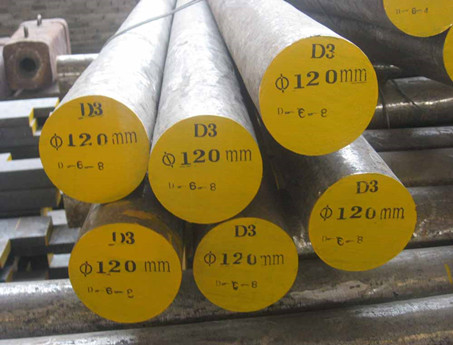
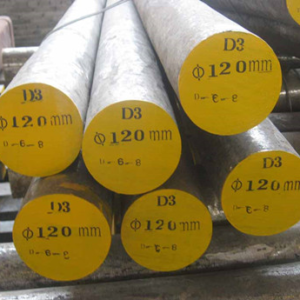
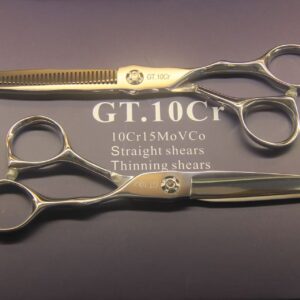
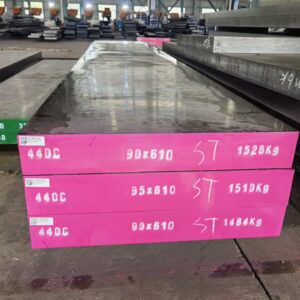
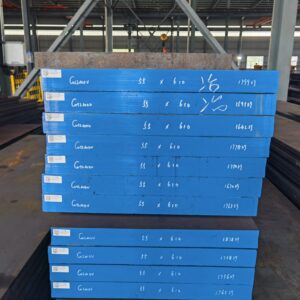
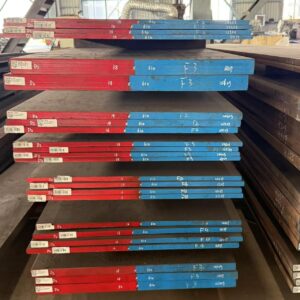
Reviews
There are no reviews yet.